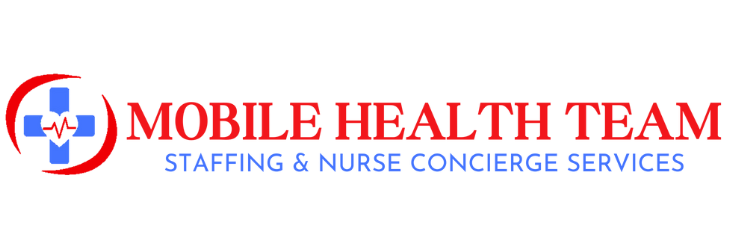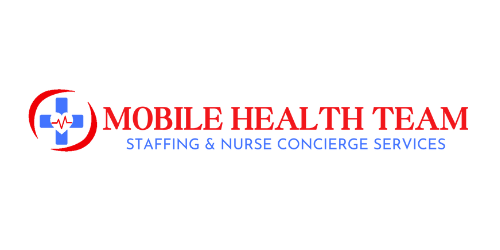Landing a leadership position is more competitive than ever. Companies are looking for visionary leaders who can drive success, manage change, and foster innovation. As a job seeker, you need to position yourself strategically to stand out. Here’s how you can successfully navigate the leadership recruitment process and secure your next executive role.
1. Craft a Compelling Leadership Narrative
Hiring managers aren’t just looking for a resume—they want a story that defines your leadership journey.
✅ Identify the key themes in your career (e.g., transformation, scaling businesses, turnaround success).
✅ Showcase how you’ve influenced company culture, profitability, or growth.
✅ Develop an elevator pitch that clearly communicates your leadership value.
2. Build an Authority-Driven Online Presence
Your digital footprint matters in leadership recruitment. Companies often research candidates before making interview decisions.
✅ Optimize your LinkedIn profile with a strong headline and detailed leadership achievements.
✅ Publish thought leadership content (articles, case studies, or videos).
✅ Engage in industry discussions and leadership forums to showcase expertise.
3. Leverage Executive Networking Strategies
Many high-level jobs aren’t publicly posted—they come from executive networking and referrals.
✅ Connect with industry leaders, recruiters, and past colleagues.
✅ Join professional organizations and leadership groups.
✅ Attend high-level networking events, conferences, and executive roundtables.
4. Develop a Leadership-Focused Resume and Cover Letter
A leadership resume should go beyond job descriptions—it should reflect your strategic impact.
✅ Quantify results (e.g., “Led a $50M business unit, increasing revenue by 30% in two years”).
✅ Emphasize team leadership, culture-building, and decision-making skills.
✅ Tailor your cover letter to showcase alignment with the company’s vision.
5. Master Executive-Level Interviewing
Leadership interviews focus on problem-solving, vision, and company fit.
✅ Prepare for behavioral and situational questions (e.g., “Describe a time you led a major transformation.”).
✅ Be ready to discuss long-term strategy, decision-making processes, and crisis management.
✅ Ask insightful questions about company challenges, growth plans, and leadership expectations.
6. Position Yourself as a Change Agent
Companies seek leaders who can drive innovation and transformation. Showcase how you’ve:
✅ Implemented strategic changes that led to measurable growth.
✅ Led high-performing teams through periods of uncertainty.
✅ Adapted to industry shifts and technological advancements.
7. Align with Company Culture and Vision
Leadership is about more than just skills—it’s about cultural fit and long-term alignment.
✅ Research the company’s values, mission, and leadership expectations.
✅ Highlight how your leadership philosophy aligns with their goals.
✅ Show enthusiasm for contributing to the company’s future success.
8. Work with Executive Recruiters
Many leadership roles are filled through recruitment firms and headhunters.
✅ Identify top executive search firms in your industry.
✅ Develop relationships with recruiters specializing in leadership placements.
✅ Keep them informed about your career goals and leadership aspirations.
Final Thoughts
Leadership recruitment is about more than just applying for jobs—it’s about strategic positioning, networking, and demonstrating impact. By following these steps, you’ll increase your chances of securing a leadership role that aligns with your expertise and aspirations.



